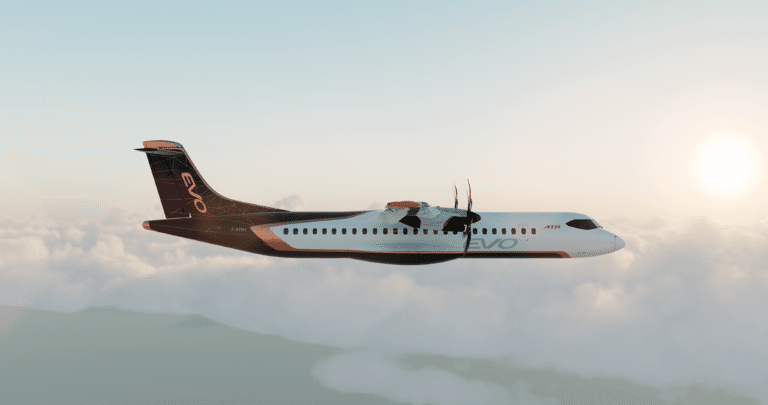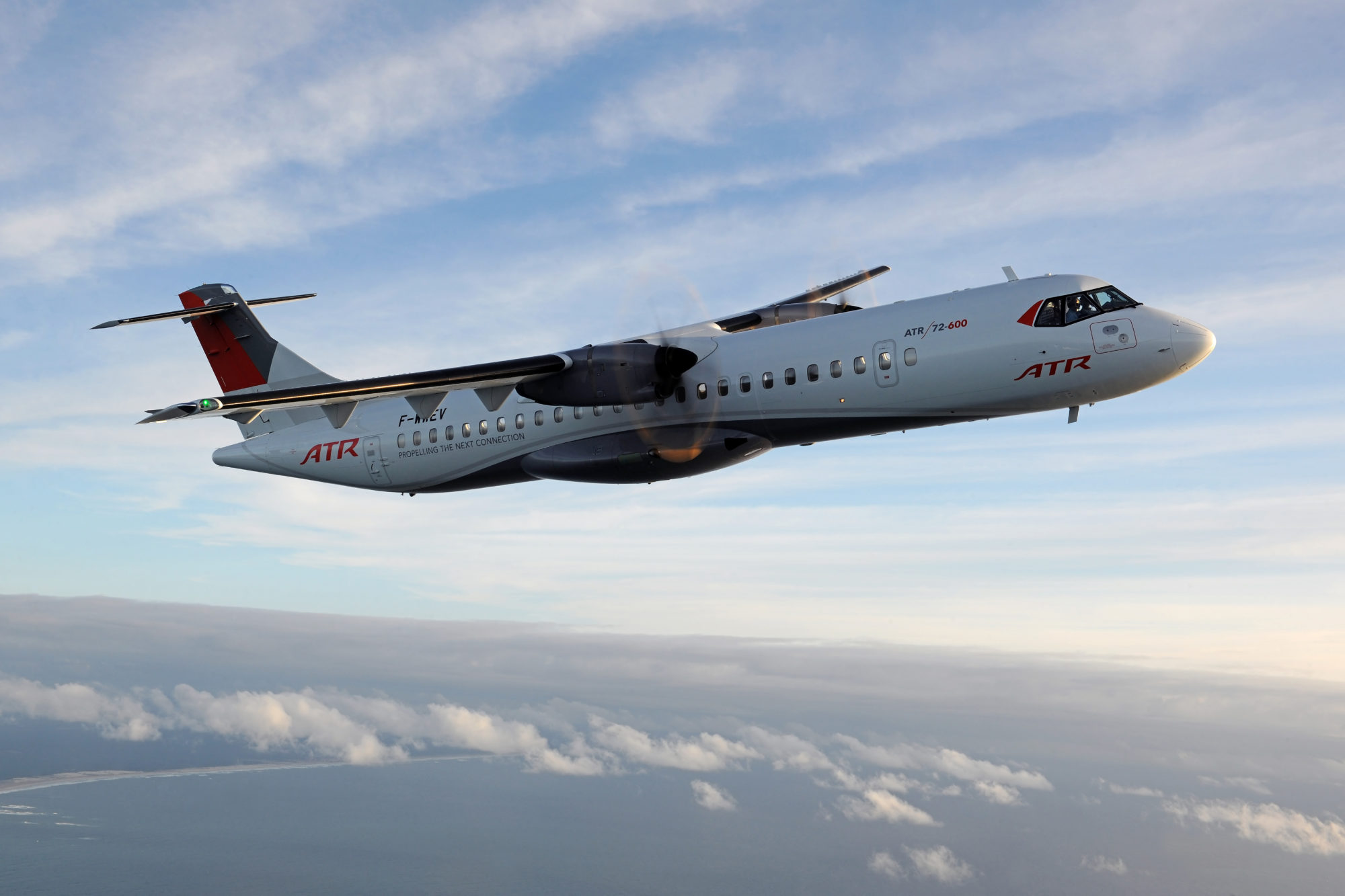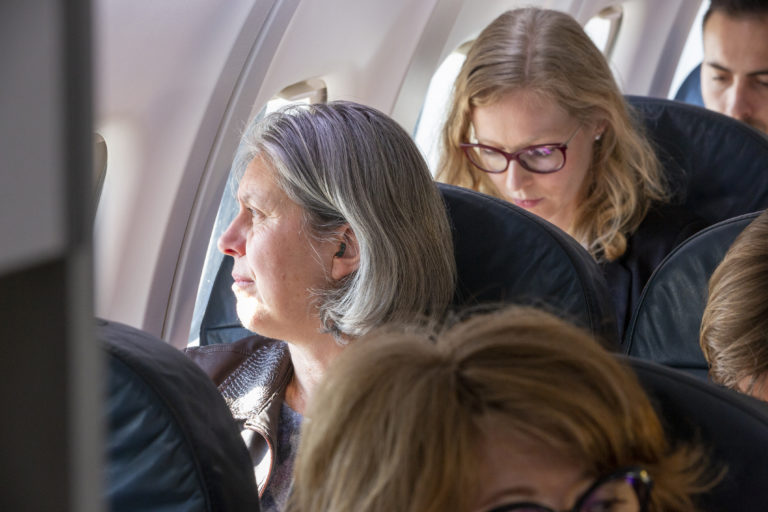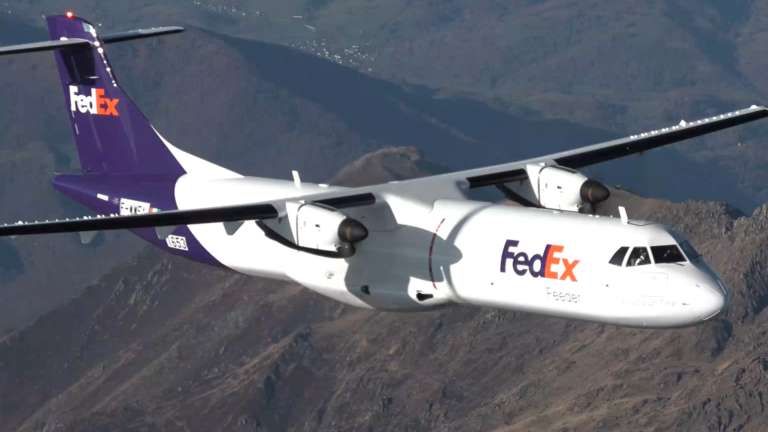4 ways ATR is embracing industry efforts to limit global warming
2020 has been a challenging year for us all, with the COVID-19 pandemic affecting all communities around the world and deeply transforming our lives. However, it also acted as a catalyst in the transition towards sustainable aviation, with the whole society calling for aviation to be more sustainable than ever before. In 2009, the aviation sector was the first industry to commit to cutting carbon emissions, and late 2020, the Air Transport Action Group (ATAG) published Waypoint 2050, which confirmed that the industry’s aspirations were achievable by 2050. Now, how are we going to reach our ambitious goals? For World Environment Day, we want to celebrate the industry’s global efforts, and share four ways we are contributing to limit global warming and preserve the environment.
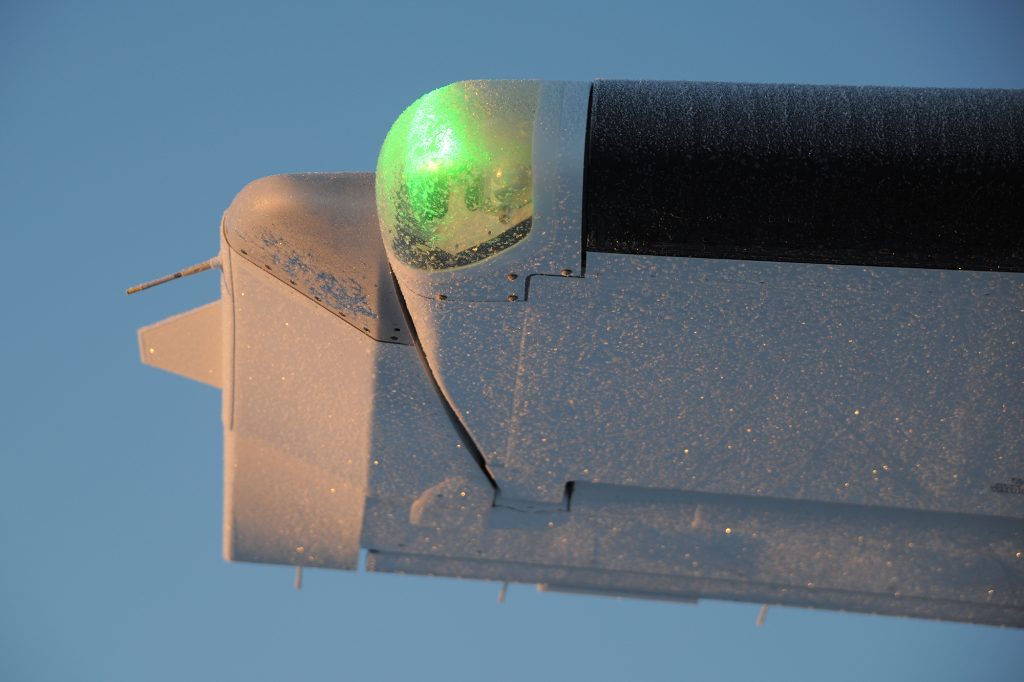
1. Our aircraft are already the most eco-efficient regional aircraft on the market

ATR aircraft are the most sustainable and affordable solution available on the market, because of their unbeatable fuel efficiency. The turboprop engine technology is amazing, because it requires less power, meaning less fuel, to propel the aircraft than a turbojet. Which means that an ATR 72-600 has a fuel consumption of 2.8L / 100km per seat, and that it emits 40% less CO2 than a similarly sized regional jet. And we are constantly developing incremental solutions that can improve operational efficiency, through system upgrades, weight reductions, new materials and state-of-art avionics.
And it’s not only about CO2! Our aircraft are certified by the European Union Aviation Safety Agency (EASA) to meet the most stringent noise emission standards set out by ICAO Chapter 14. They produce less noise than turbojets at take-off and landing, and the overall noise levels of ATR 42s and ATR 72s are respectively 14dB and 9dB below the required threshold.
For all of these reasons, in 2019, the Environmental, Social and Governance (ESG) rating agency Vigeo Eiris has recognised ATR as compliant with Green Bond and Green Loan Principles, and our aircraft were the first to become eligible for Green Financing.
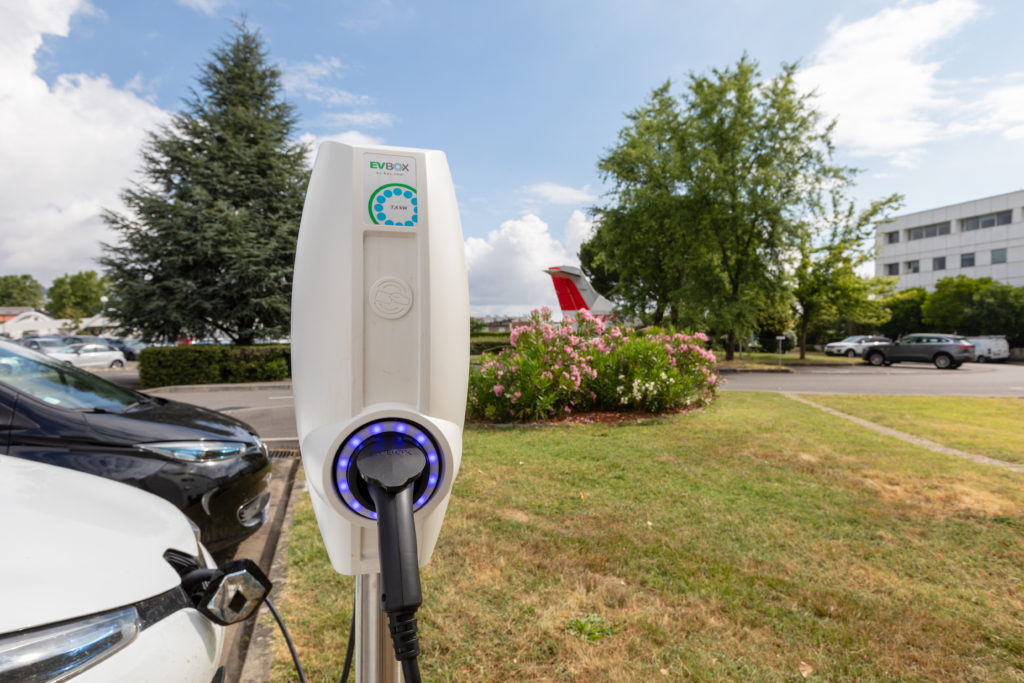
2. We are implementing a low carbon strategy

The scientific community is unanimous: to avoid catastrophic consequences due to climate change, such as rising waters or more frequent extreme meteorological events, we need to maintain global warming to at a level that does not exceed +2°C by 2100 compared to pre-industrial levels.
To contribute to this global CO2 reduction objective, which is in line with the 2015 Paris agreement, at ATR we are working with sustainability experts from ECOACT, to set out greenhouse gas emission reduction targets using the Science-Based Target Initiative (SBTi).
The SBTi is a partnership between CDP – a non-profit charity supporting both private and public organisations in managing their environmental impact – the United Nations Global Compact, World Resources Institute (WRI) and the World Wide Fund for Nature (WWF).
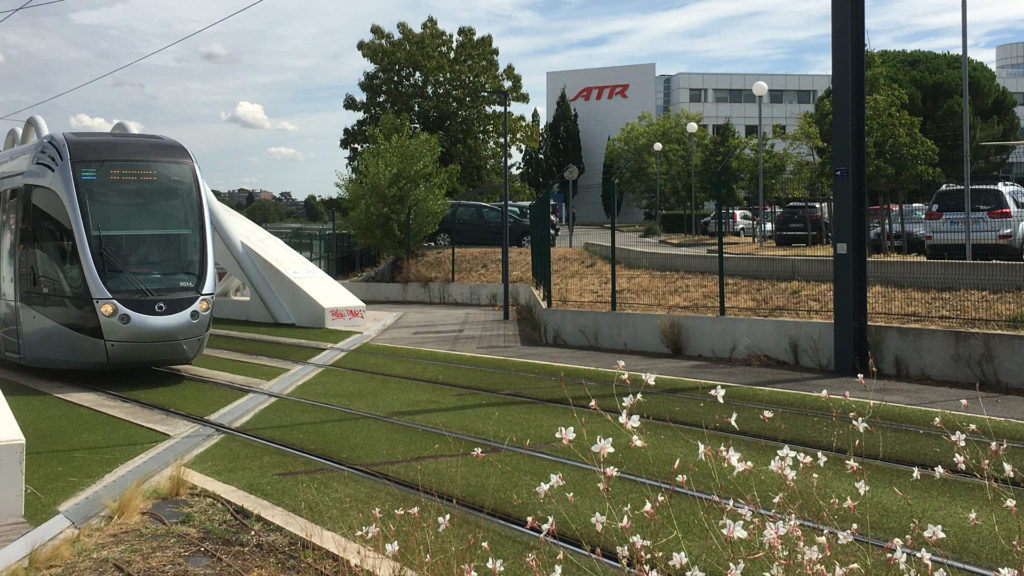

We believe that it is our responsibility, as a world leader in aviation, to set a good example and actively contribute to a sustainable future for us all.
We have started our journey focusing on onsite activities, mainly targeting energy consumption: we have, for instance, renovated our facilities to enable energy efficiencies, modernised our fleet of service vehicles, switched to renewable energy, and implemented a transport plan for our employees, to minimise the use of single-occupancy vehicles for home-work travels.
In January 2021, we implemented new energy contracts for our headquarters in Blagnac and production site in Francazal (Toulouse area, France). Both sites are fully powered by electricity coming from renewable sources, and biomethane, a 100% renewable gas produced from organic waste, which enables to significantly reduce CO2 emissions.
Our goal is to halve our direct greenhouse gas emissions by 2030 compared to 2018, and we are working to determine the appropriate targets to reduce our indirect emissions.
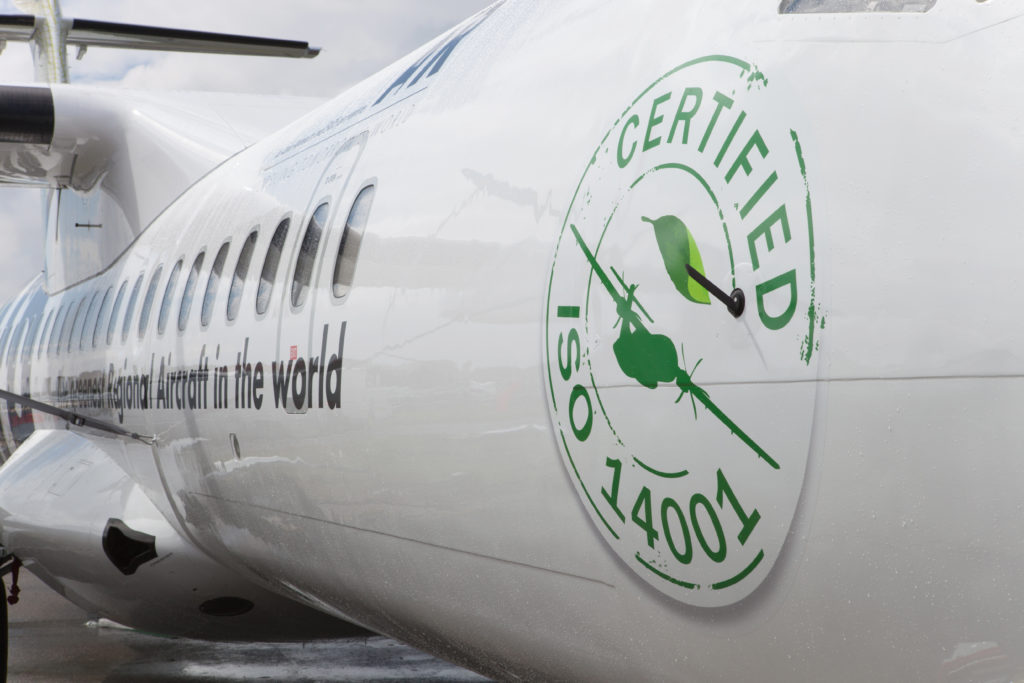
3. We are proud to hold a ISO 14001 certification

Sustainability is in our DNA, from our products to our corporate values. Our employees are deeply involved in making sure we continue to connect people and businesses responsibly. Our environmental objectives are cascaded throughout the whole company. We have a robust Environmental Management System, and have been improving our environmental performance throughout the years, for both onsite activities and products. We are very proud to hold a ISO14001 certification, which is essential to meet the expectations of our internal and external stakeholders.
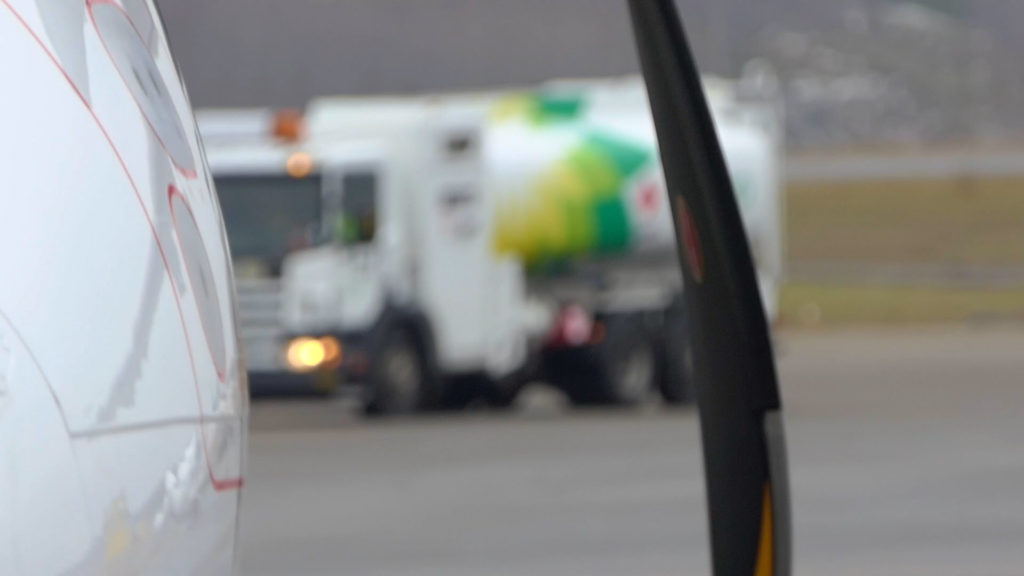
4. We are committed to increasing the use of Sustainable Aviation Fuel

Sustainable Aviation Fuel is a key pillar of our decarbonisation strategy. Our aircraft are certified to fly with 50% SAF, and we aim to improve this certification to 100%, anticipating future regulatory requirements. We also have a short-term ambition to perform all of our test flights with SAF.
We collaborated on the first regional aviation “Perfect Flight” in Sweden. Sustainable aviation fuel was used to power an ATR 72-600, and every element of the flight management process was optimised to keep carbon emissions to a minimum, resulting in a 46% reduction of emissions compared to a traditional flight.
With no impact on operations or safety, SAF can help achieve a CO2 reduction of up to 80% across the entire lifecycle, compared to traditional fuel. Whilst disruptive technologies are being explored, with a target for entry into service that goes beyond 2030, SAF is the best solution for the entire industry to reduce emissions before this longer-term target.
However, the challenge is for the industry to produce enough SAF at an affordable price – as today, some SAFs are 4 to 9 times more expensive than traditional fuel.
Sustainable aviation cannot be achieved alone, and ATR works with partners, customers, and all industry stakeholders to support a greater production of SAF, in order for us to continue to connect people and businesses responsibly.






